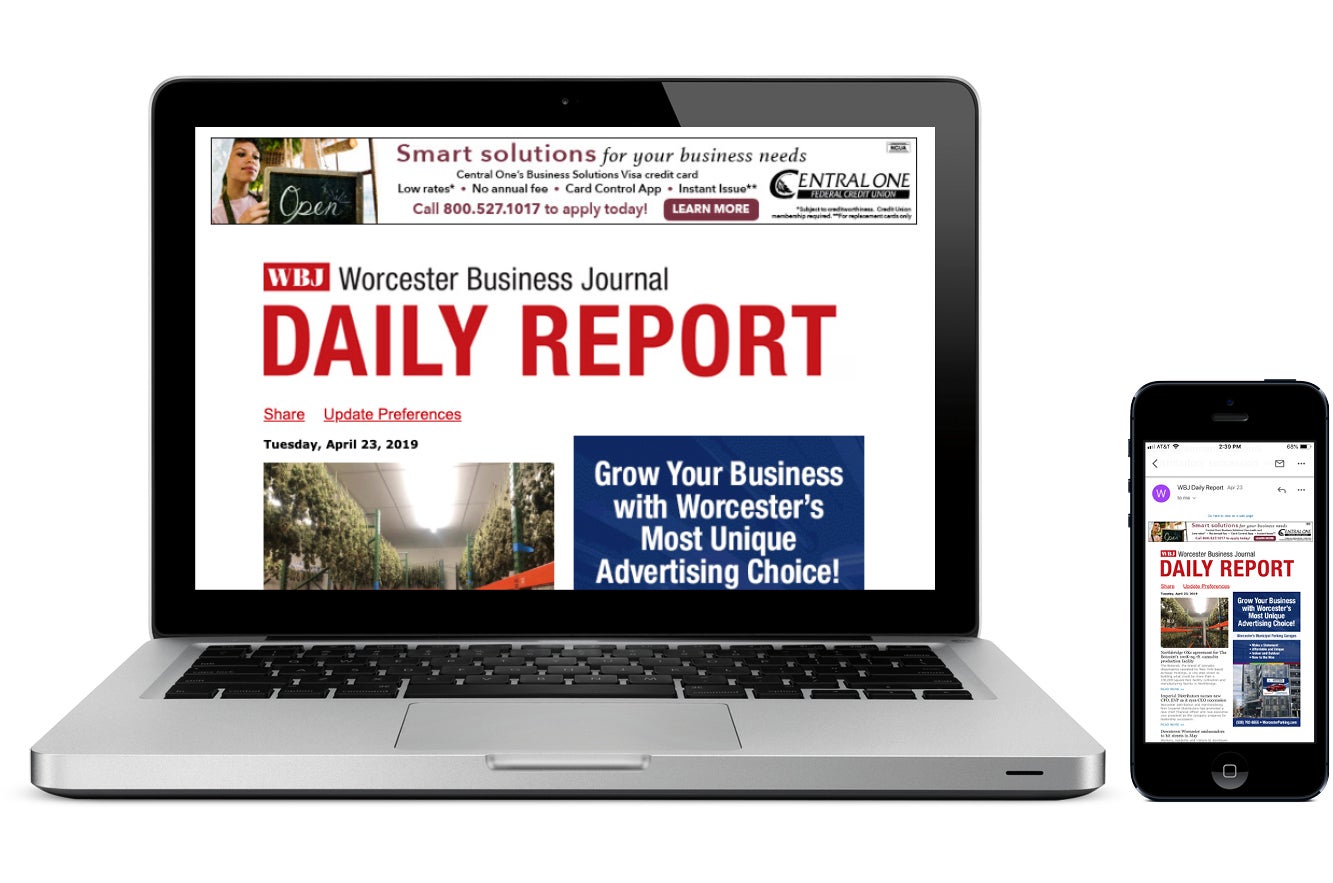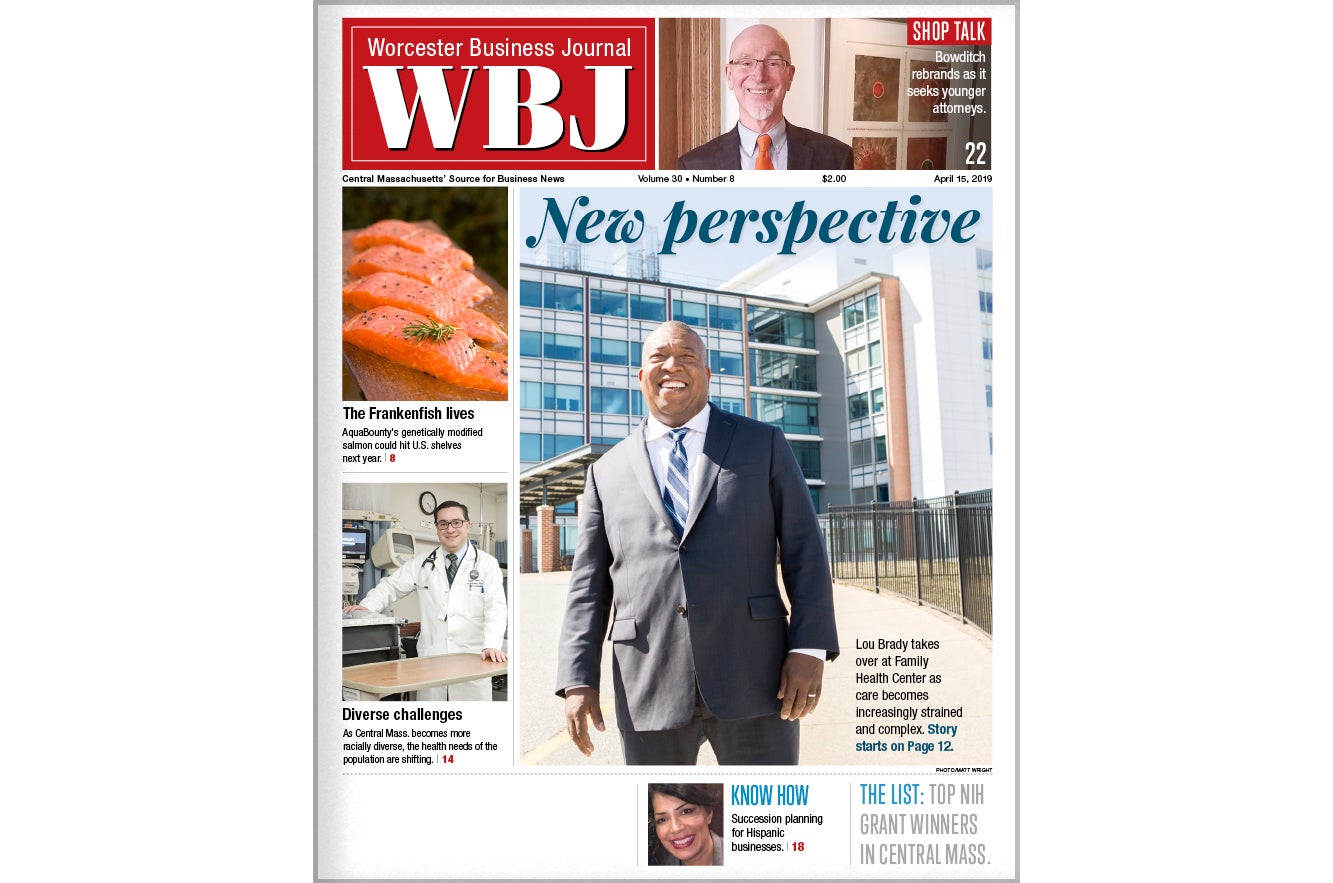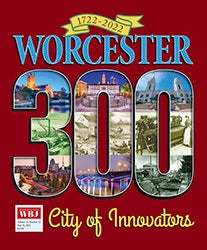101: Building community
Organizations are more global, more of us are working remotely, and for many companies, human connection needs a jumpstart. In addition to benefiting employee development, performance and growth, a sense of community at work boosts productivity, efficiency and innovation. Here are things to know about building community at work.
There’s a difference between culture and community. Culture is imposed by the company, community is the manifestation of people within it, writes Jeff Haden at Inc.com. “Culture is about the company, and how you as an employee fit within it. It is often not very authentic, purporting to serve the needs of employees, but without anyone ever asking them what they want,” he said. Community, on the other hand, is authentic, evolving and creates a sense of purpose.
Be like Microsoft. Harvard Business Review holds up Microsoft as a leader in building community by leveraging technology. “Microsoft takes a proactive approach to monitoring questions on its social network in real time, with senior leaders often directly answering questions. By engaging in this virtual conversation, leadership is able to respond quickly and at scale, while gaining an invaluable view into employee concerns,” the article states. Microsoft’s human resources department puts out a daily survey to a small sample of employees to gauge their feelings on the company. Monthly employee town hall meetings and influencer-type learning videos are part of the strategy.
Know its educational value. A sense of community at work aids in productivity, efficiency and innovation. Edtech strategist James Johnson said connecting colleagues enables more free-flowing dialogue. “A programmer or trainer may read a blog post by a marketing manager, leading to a new product idea … A sales rep could read a market research white paper posted by a product manager and come up with a new market for one of your solutions. Forget information silos … think information communities,” he writes.









0 Comments